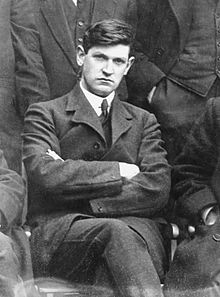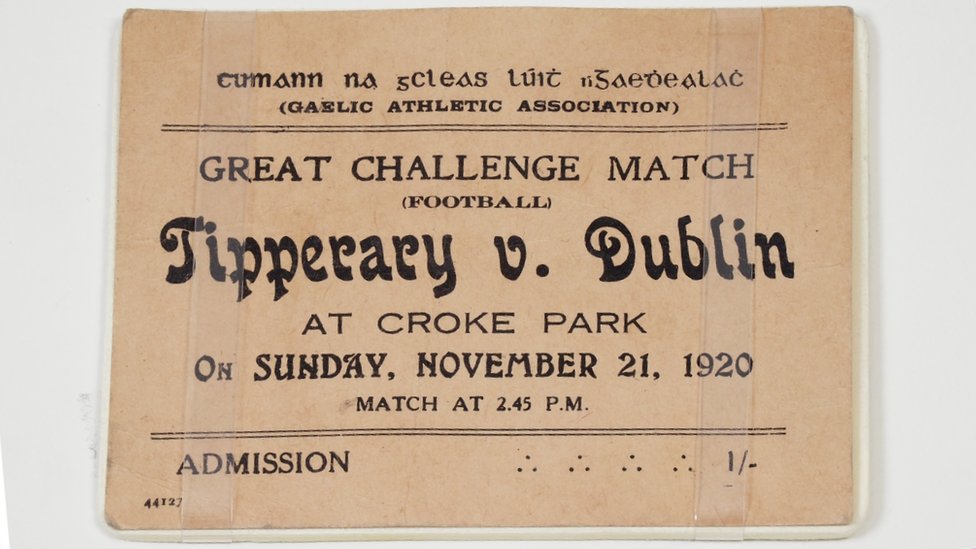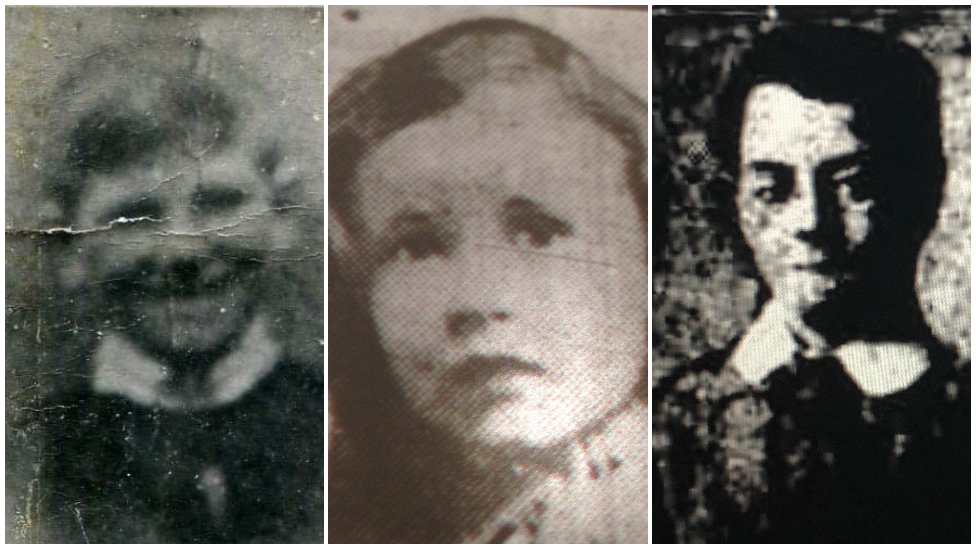A term most commonly associated with the shooting of twenty six protestors (of whom 14 died) by British soldiers in Derry, Northern Ireland on Sunday, January 30, 1972, an earlier Bloody Sunday, that took place 100 years ago on this date, played a role in ending an earlier Irish-English conflict.

Following the failure of the Easter uprising of April 16 by Irish nationalists and the severe British repression that followed, including execution of many of the uprising leaders and imprisonment of others, order was temporarily restored. With the end of WW1 and the release of many of the prisoners, including Michael Collins, conditions once again began to quickly deteriorate in a violent contest between the IRA, Irish Unionists and the British military.
Matters escalated on both sides climaxing in the events of November 21, 1920. Early in the day, IRA operatives at the direction of Collins, attacked 19 British intelligence officers in Dublin, killing 14 and wounding the others. Most of the killings were at the officer homes and hotel rooms, including one shot in front of his 8 months pregnant wife. And, as it turned out, not all the victims were intelligence officers. The purpose of the attacks was to thwart the increasingly successful British efforts to infiltrate the IRA.
 (Michael Collins)
(Michael Collins)
That afternoon, in retaliation for the attacks, a mixed group of Royal Irish Constabulatory (RIC) and Blacks and Tans (ex-British soldiers recruited as an RIC auxiliary and known for their brutality) went to Croke Park where a Gaelic football game was underway between Dublin and Tipperary (the goalkeeper for Dublin was an IRA member who had participated in the attacks that morning). The plan was to stop the game and search the men in attendance, looking for perpetrators of the morning attack.

The plan immediately went awry as enraged RIC and Black & Tans began indiscriminately firing into the crowd, killing 14 and wounding 80, including women and children. The day ended with two IRA prisoners held by the British being tortured and murdered in reprisal.
(Three of the victims, age 10,11, 14)

The tragic events of that day caused both sides to reconsider their positions, as well as the Croke Park massacre impacting British public opinion, eventually prompting negotiations that resulted in the Anglo-Irish Treaty of December 1921 and the creation of the Irish Free State. That treaty in turn led to the Irish Civil War of 1922-23 between those who supported the Treaty and those who held out for complete independence for the entire island. In August 1922, Michael Collins, who supported the Treaty and was by then Commander-in-Chief of the National Army, was ambushed and killed. He was 31.
This article in The Irish Times by historian Diarmaid Ferriter provides more detail on the events of Bloody Sunday. And for insight into the tangled and disturbing legacy of the "Troubles" in the 70s and 80s I recommend Say Nothing: A True Story of Murder and Memory in Northern Ireland by Patrick Radden Keefe.
No comments:
Post a Comment